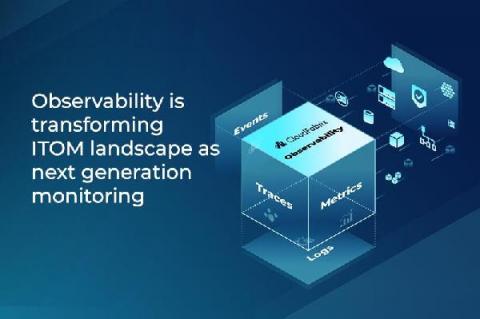eBonding Integration: ServiceNow Incidents to 5 Destinations: PagerDuty, Twilio, Slack, ElasticSearch/Kibana and Email
In this blog, we will walk through the scenario of sending or E-bonding ServiceNow incidents to 5 destinations simultaneously, using Robotic Data Automation and AIOps Studio. E-bonding refers to a scenario where data is delivered (one-way) or synchronized (two-way) between two or different systems, which are typically under different administrative boundaries. E-Bonding term originally appeared in Service Provider and Telco space (see: ATT E-Bonding).











